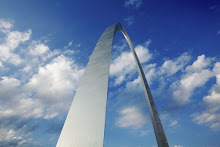Time Period: 1870 - 1899
As with many cakes with origins in eras that didn't keep great records, it's not entirely certain who first devised angel food cake. One story holds that it was invented by Linus Dexter, a businessman who owned bakeries in four major American cities. It's mentioned in his obituary that he was the creator of "angel cake". I prefer the theory that it was invented by the Pennsylvania Dutch, who were using egg yolks to make noodles, and wanted to do something with the leftover egg whites. This recipe was also prized by the temperance movement, since it doesn't include yeast, that nasty little bugger that's used to create - dun dun duuuuuun - alcohol.
For this cake, egg whites have to be beaten mercilessly to get enough air into them so that the cake will rise. This was much more easily accomplished when rotary egg beaters were introduced. Angel Food Cake has gone by other names in its long history, from Silver Cakes to Lady Cakes to White Sponge Cakes. Much like angels themselves, this cake is temperamental. Beating it too much can ruin it. Not beating it enough can ruin it. Greasing the pan can ruin it. Not cooling it upside down can ruin it. Getting it out of an ungreased pan can ruin it. This was my first attempt, so guess what? I kind of ruined it.
Though I followed the recipe faithfully to the letter, it didn't get the rise I had hoped for, it was underbaked in the middle, and getting it out of the pan made it ragged and unappealing. It's not a giant loss, as Angel Food Cake has never ranked among my favorites, but I was hoping I could at least turn out a serviceable one. Nope. This angel is sentenced to Hell.
























